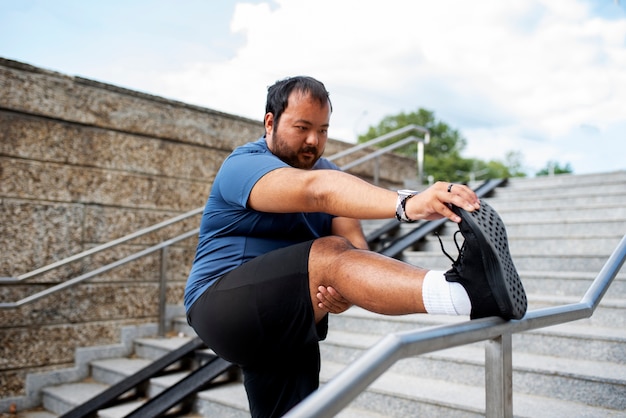25 Common Mistakes Undermining Strength Building for People with Diabetes — What to Fix and How
Building strength is essential for everyone, but for individuals managing diabetes, it offers even greater benefits — improved insulin sensitivity, better blood sugar control, and enhanced metabolic health. However, many people unknowingly make mistakes that sabotage their progress. This comprehensive guide highlights 25 common errors, explains why they matter, and provides actionable solutions tailored for those with diabetes.
Why Strength Training Matters for Diabetes Management
Resistance training increases muscle mass, which acts as a major glucose reservoir. More muscle means better glycemic control and reduced insulin resistance. Yet, without proper strategy, efforts can backfire — leading to fatigue, injury, or unstable blood sugar levels.

1–5: Nutrition & Blood Sugar Missteps
- Skipping pre-workout fuel: Exercising on an empty stomach can trigger hypoglycemia. Eat a small carb-protein snack (e.g., Greek yogurt with berries) 30–60 minutes before training.
- Overloading on carbs pre-lift: Too much sugar spikes glucose. Stick to 15–30g of balanced carbs depending on activity level.
- Ignoring protein intake: Protein supports muscle repair. Aim for 1.2–1.6g per kg of body weight daily.
- Dehydration: High blood sugar increases urination. Drink water before, during, and after workouts.
- Not monitoring glucose levels: Check levels before and after training. Avoid exercising if below 100 mg/dL or above 250 mg/dL with ketones.
6–10: Training Technique Errors
- Using improper form: Poor technique increases injury risk and reduces effectiveness. Start light and focus on movement quality.
- Overtraining: Excessive volume stresses the body, raising cortisol and blood sugar. Limit strength sessions to 3–5 times per week with rest days.
- Ignoring progressive overload: Muscles adapt. Gradually increase weight, reps, or sets to keep growing stronger.
- Only doing cardio: While cardio helps, strength training has unique metabolic benefits for diabetes.
- Skipping warm-ups and cool-downs: These prepare the body and prevent sudden glucose shifts.

11–15: Recovery & Lifestyle Oversights
- Not getting enough sleep: Poor sleep increases insulin resistance. Aim for 7–9 hours nightly.
- Chronic stress: Stress hormones like cortisol raise blood glucose. Practice mindfulness or deep breathing.
- Ignoring soreness or pain: Pushing through pain can lead to injury. Differentiate between muscle fatigue and joint discomfort.
- Inconsistent routine: Sporadic workouts limit progress. Create a weekly schedule and stick to it.
- Not adjusting for medication timing: Insulin or oral meds can affect workout safety. Consult your care team about timing adjustments.
16–20: Planning & Progress Tracking Gaps
- No clear goals: Define specific, measurable objectives (e.g., bench 1.5x body weight).
- Failing to track workouts: Use a journal or app to monitor progress and avoid plateaus.
- Expecting fast results: Strength gains take time, especially with metabolic conditions. Be patient.
- Not varying exercises: Muscle adaptation requires variety. Rotate movements every 4–6 weeks.
- Ignoring lower-body training: Legs have the largest muscles. Squats and lunges boost glucose uptake significantly.

21–25: Medical & Environmental Factors
- Exercising in extreme temperatures: Heat or cold can affect insulin absorption and glucose levels. Train in a stable environment when possible.
- Not wearing proper footwear: Neuropathy increases foot injury risk. Use supportive, cushioned shoes.
- Ignoring foot checks: Inspect feet daily for cuts or blisters, especially after workouts.
- Not consulting healthcare providers: Get medical clearance before starting a new program.
- Assuming diabetes limits potential: With proper planning, people with diabetes can achieve excellent strength gains safely.
Final Thoughts
Strength training is a powerful tool for diabetes management — but only when done correctly. By avoiding these 25 common mistakes and focusing on consistency, safety, and smart planning, you can build strength, improve metabolic health, and gain confidence in your fitness journey. Always prioritize blood sugar stability, listen to your body, and adjust as needed.

















